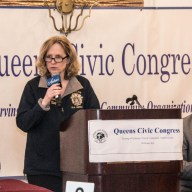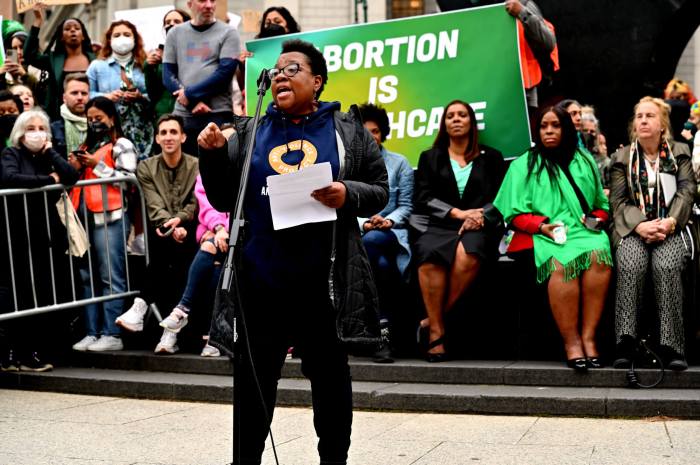By Anna Gustafson
After West Side Tennis Club members voted down a proposal last month to sell their stadium, the club board recently sent a letter to members saying they had set a Nov. 15 deadline for new proposals for the iconic structure that once housed the US Open.
Members have not specified who has submitted proposals, although Forest Hills-based Cord Meyer Development Corp. Chief Operating Officer Anthony Colletti said its offer to pay close to $10 million for the stadium, which club members rejected, still stands.
“We think that what we’re doing is the best thing you could to respect the history and architecture of the stadium,” Colletti said of Cord Meyer’s plan to retain the stadium shell and built about 70 to 80 luxury units at the site. “Ultimately what will happen if our plan isn’t adopted is the stadium would be destroyed. It may linger for five, 10, 15 years, but nobody will restore the stadium to be used as a stadium.”
The debate as to whether or not the club should sell the stadium has been highly contentious, with many area historians and preservationists calling for the stadium to be landmarked by the city or used by other organizations, such as the United States Tennis Association, and other civic activists and club members saying the stadium that housed the US Open from 1915 to 1977 had become dangerously dilapidated and should be sold to help a club that has fallen into debt.
Jeanne Moutoussamy-Ashe, the widow of the late tennis great Arthur Ashe, recently sent a letter to the city Landmarks Preservation Commission urging it to landmark the stadium.
“The reason why it is so important to preserve the stadium is not simply that all the greats have played there, but because it represents the progress and achievements of tennis, and furthermore, of the last American century,” Moutoussamy-Ashe wrote. “When Althea Gibson won on center court in 1957 or when Arthur won his first Grand Slam title there in 1968, barriers were broken, moving the sport of tennis forward. Forest Hills stands as a reminder and physical embodiment of that fact.”
Club members voted 123-123 earlier this month on a plan by the Forest Hills-based Cord Meyer to turn the stadium into luxury apartments. The proposal needed two-thirds support from the club’s approximately 290 voting members.
“The directors told us after the vote that many of the members were approaching people and telling them to vote no because Cord Meyer will come back and offer more money to buy the stadium,” Colletti said. “Club members were also told there were lots of other offers the board wasn’t showing them, which is incorrect.”
Some board members have said they were concerned that if the city landmarks the stadium, the club would not have enough money to ensure the safety of the structure.
City Councilwoman Karen Koslowitz (D-Forest Hills) said she and other lawmakers continue to speak to the Landmarks Preservation commissioner about landmarking the stadium, though she, too, noted the site’s fragile state.
“My concern also goes along with the stability of the tennis stadium,” Koslowitz said in a previous interview. “When we had a tour of it, we had to wear hard hats, which says to me this may not be so safe.”
U.S. Rep. Anthony Weiner (D-Forest Hills) said he has spoken with the USTA about potentially holding a tournament at the stadium, which could generate revenue for the club.
“There are two inescapable facts,” Weiner said. “The club has a right of self-determination, but they have that right up to a point that it impacts the community. The community should have a say on what goes on in this iconic place.”
Reach reporter Anna Gustafson by e-mail at agustafson@cnglocal.com or by phone at 718-260-4574.





























